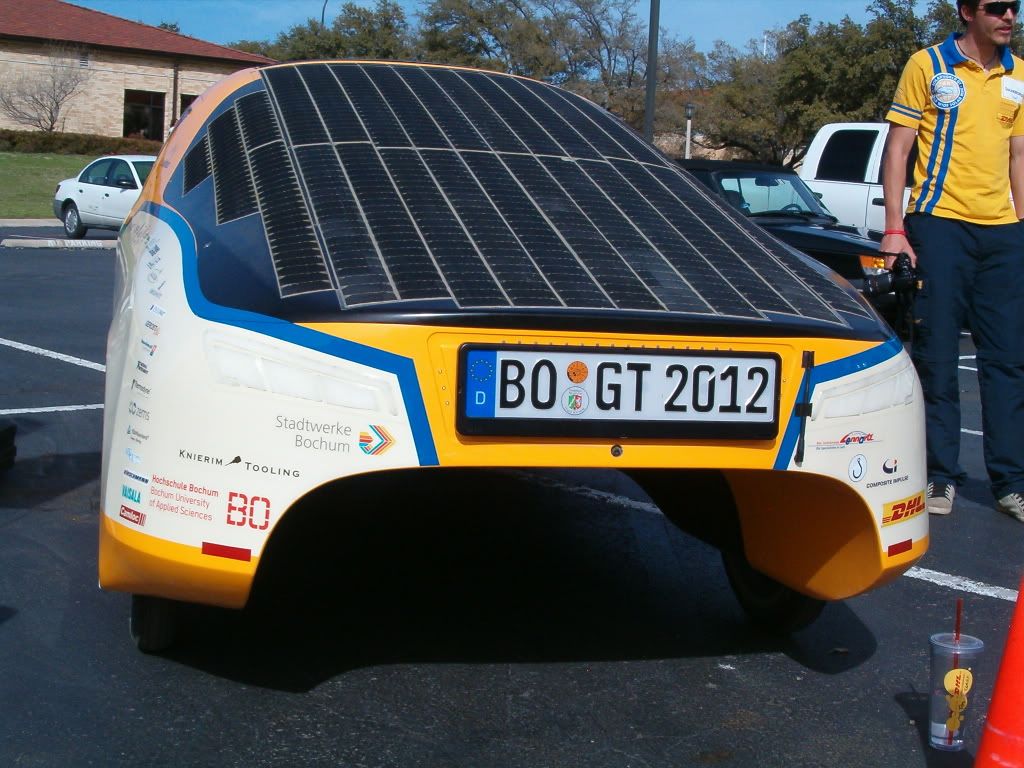Quote:
Originally Posted by fbov

The one thing people forget when positing low-drag car bodies is stability. The classic half-teardrop is a stability nightmare as soon as the air flow deviates from straight ahead. Add a vertical fin along the medial line in back and the nightmare's averted.
The issue is torque around a vertical axis, yaw in aeronautics. When the center of pressure is forward of the center of mass, crosswinds turn the car, and the farther it turns, the greater the torque. The vertical fin has little effect when airflow is parallel to it, but acts like a parachute in back in crosswinds, countering the torque on the front of the car, and keeping you pointed in the same direction, albeit perhaps a few feet downwind.
The wing-based design gains stability from the slab sides, while CUER and Bochum U are not suitable for road use, based on the views shown (could gain stability from features not visible in the photos).
Just another aspect to consider...
Frank
|
In his book,'The Leading Edge,' Goro Tamai commented on how stable these shapes were.
With simple attention to body inclination,zero lift was very easy to achieve.The streamline body of revolution in free flight is incapable of generating lift.
The teams had no difficulty in crosswind or gust conditions,simply by incorporating a spine at the roof ridge.
Whereas upper fins had been the historical palliative for center-of-pressure,center-of-gravity issues,Professor Alberto Morelli achieved balanced yaw response by incorporating rear wheel fairing/fins to keep the CP aft of the CG,killing two birds with one stone.
Here you can see how the belly of the SolarWorld GT is acting as an inverted wing section with the aft-wheel structures acting as capping plates,with a degree of dirty transom for weather-vaning.

It's my opinion,that at 'normal' vehicle weights,and 'normal' vehicle velocities,that these forms are perfectly fine.Transonic speeds would be something different.Even the Lamborghini Aventador gets spooky up there.